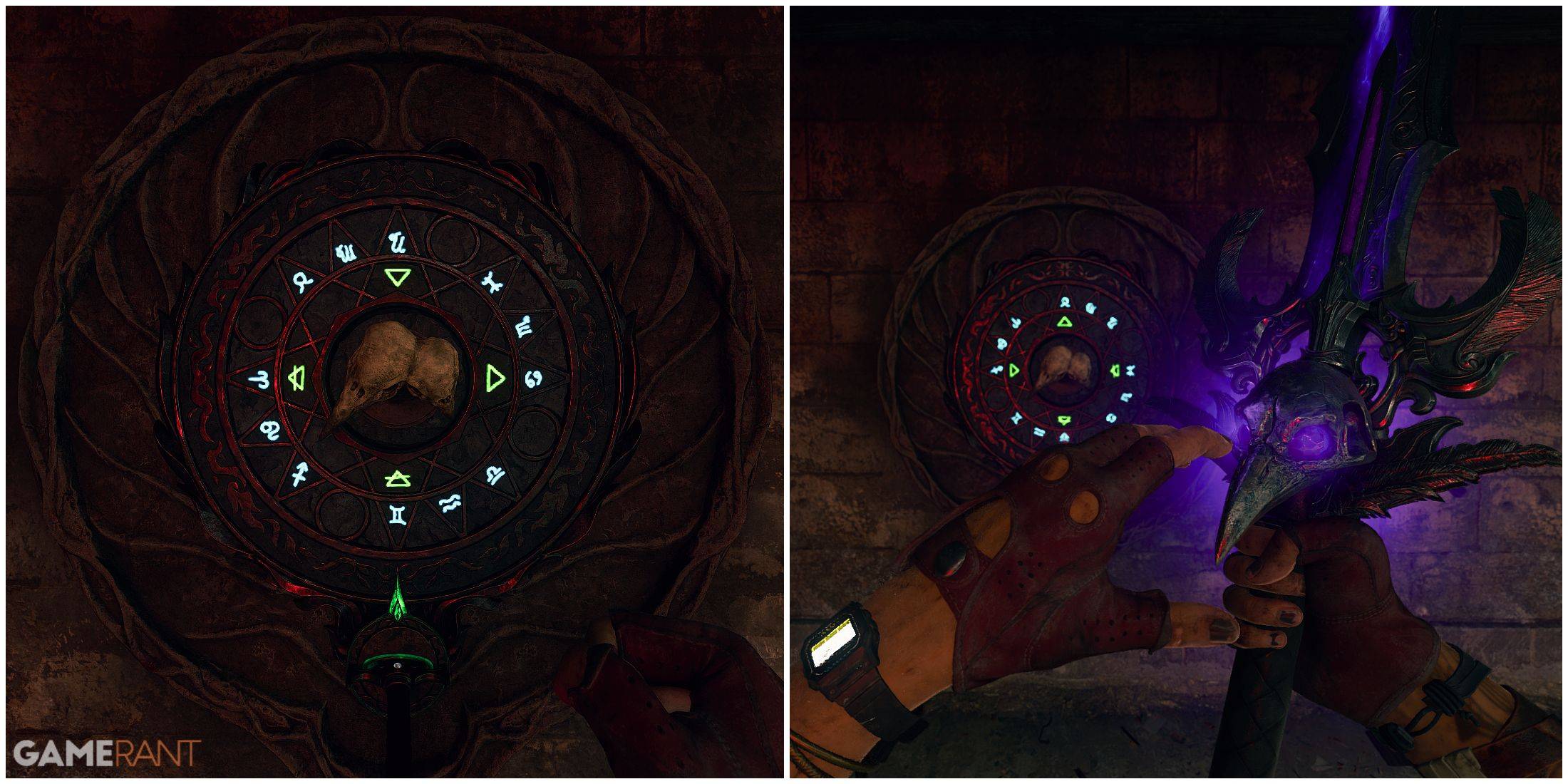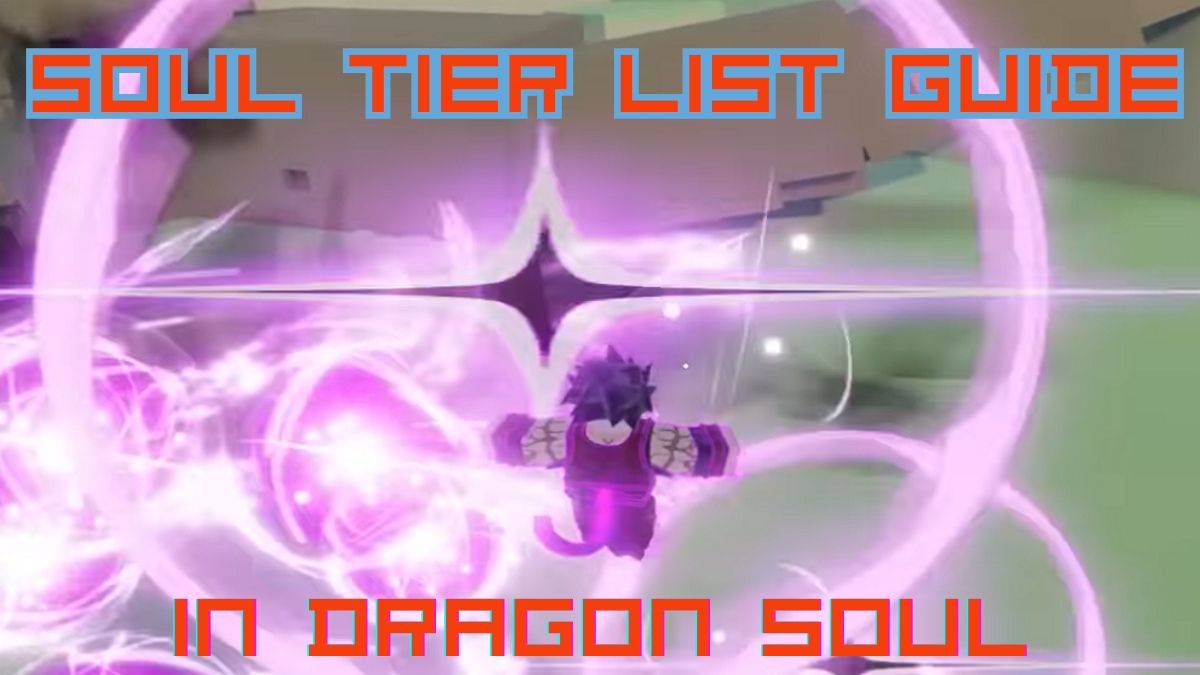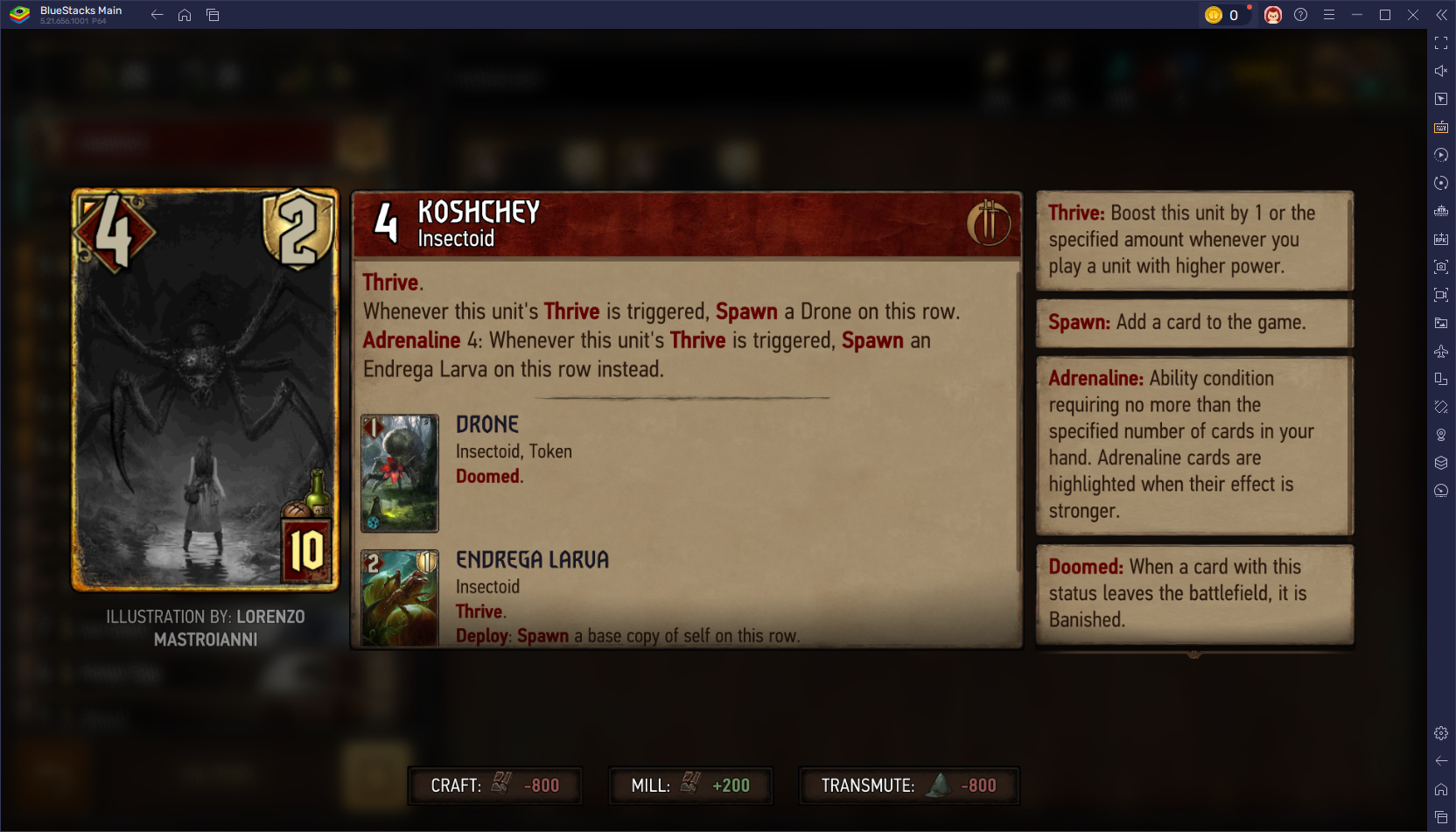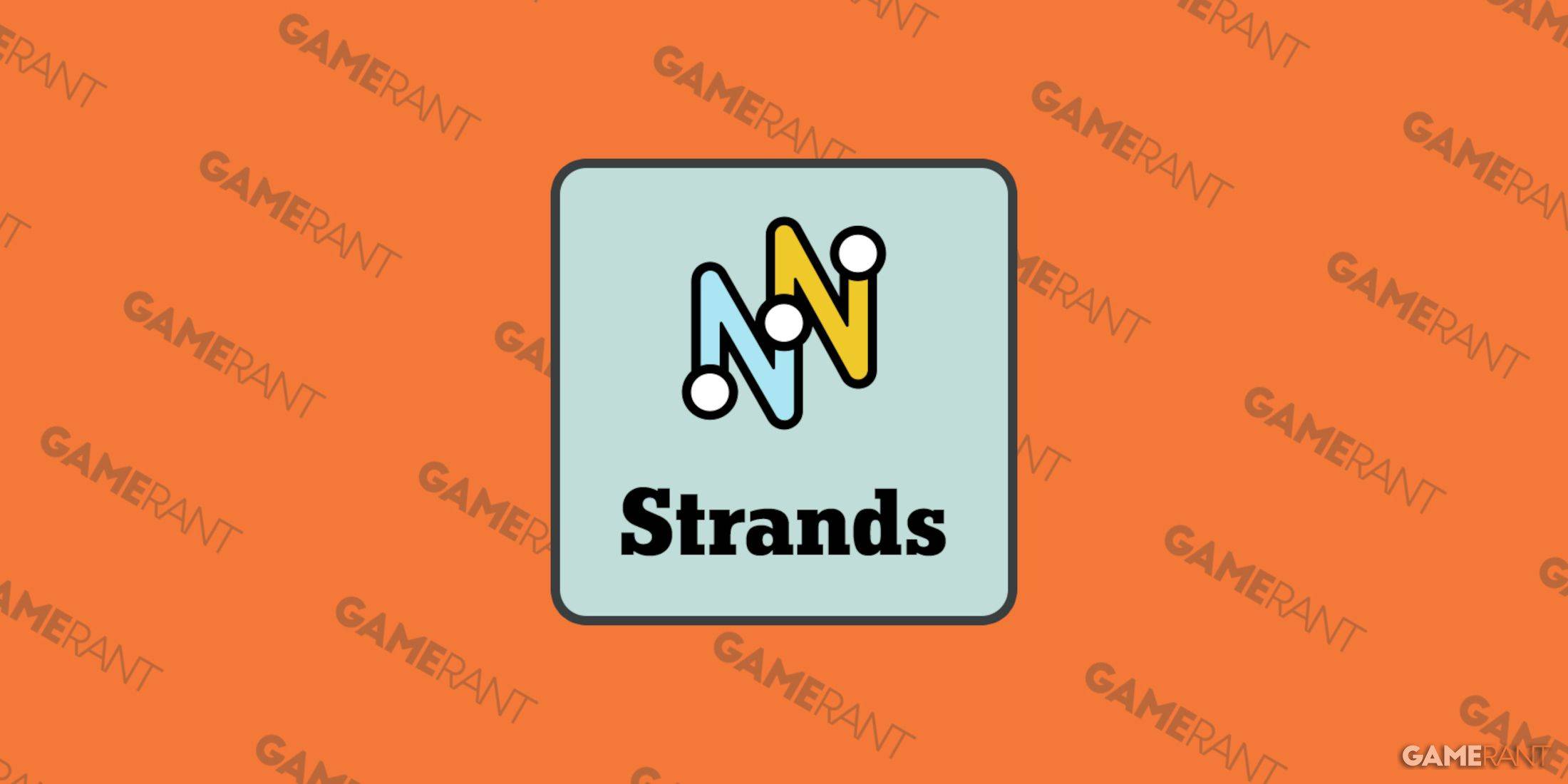For Many Years in Minecraft: The Whole Story of the Legendary Game
- By Zachary
- Jan 25,2025
Minecraft: From Humble Beginnings to Global Phenomenon
Minecraft's journey to global gaming dominance is a compelling story. While its current popularity is undeniable, its path to success was anything but straightforward. This article details the evolution of Minecraft, from its initial conception to its current status as a cultural icon that redefined the gaming landscape.
Table of Contents
- Initial Concept and First Release
- Building a Dedicated Community
- Official Launch and International Triumph
- A Timeline of Minecraft Versions
Initial Concept and First Release
 Image: apkpure.cfd
Image: apkpure.cfd
The Minecraft saga began in Sweden with Markus Persson, known as "Notch." Inspired by games like Dwarf Fortress, Dungeon Keeper, and Infiniminer, Notch envisioned a game emphasizing open-world building and exploration. The alpha version debuted on May 17, 2009, a lightweight pixelated sandbox created during Notch's downtime from his work at King.com. Its simple yet engaging building mechanics immediately captivated players.
Building a Dedicated Community
 Image: miastogier.pl
Image: miastogier.pl
Word-of-mouth and online buzz fueled Minecraft's rapid growth. By 2010, the game transitioned to beta, prompting Notch to establish Mojang Studios to fully dedicate himself to its development. Minecraft's unique concept and boundless creative potential resonated deeply with players, who constructed everything from personal homes to replicas of famous landmarks and entire cities. A pivotal addition was Redstone, a game mechanic enabling the creation of complex contraptions.
Official Launch and International Triumph
 Image: minecraft.net
Image: minecraft.net
Minecraft's official 1.0 release on November 18, 2011, solidified its position. Millions of players formed a vibrant and expansive community, generating custom modifications, maps, and even educational projects. Mojang's 2012 expansion onto consoles like Xbox 360 and PlayStation 3 broadened its reach, captivating children and teenagers alike. The game’s blend of entertainment and educational possibilities set it apart.
A Timeline of Minecraft Versions
 Image: aparat.com
Image: aparat.com
Below is a summary of key Minecraft versions following the official release:
| **Version Name** | **Description** |
| Minecraft Classic | The original, free version. |
| Minecraft: Java Edition | Initially lacked cross-platform play; later integrated with Bedrock Edition on PC. |
| Minecraft: Bedrock Edition | Introduced cross-platform play across Bedrock versions; PC version includes Java. |
| Minecraft mobile | Cross-platform compatible with other Bedrock versions. |
| Minecraft for Chromebook | Chromebook-specific version. |
| Minecraft for Nintendo Switch | Includes the Super Mario Mash-up pack. |
| Minecraft for PlayStation | Cross-platform compatible with other Bedrock versions. |
| Minecraft for Xbox One | Partially Bedrock; no longer receiving updates. |
| Minecraft for Xbox 360 | Support discontinued after the Aquatic Update. |
| Minecraft for PS4 | Partially Bedrock; no longer receiving updates. |
| Minecraft for PS3 | Support discontinued. |
| Minecraft for PlayStation Vita | Support discontinued. |
| Minecraft for Wii U | Offered off-screen play. |
| Minecraft: New Nintendo 3DS Edition | Support discontinued. |
| Minecraft for China | China-only version. |
| Minecraft Education | Educational version used in schools and learning environments. |
| Minecraft: PI Edition | Educational version for Raspberry Pi. |
Conclusion
Minecraft's enduring legacy extends far beyond the game itself. It's a thriving ecosystem encompassing communities, YouTube channels, merchandise, and official competitions. Continuous updates introduce new biomes, characters, and features, ensuring its continued appeal. Minecraft remains more than just a game; it's a global phenomenon.
Latest News
more >-

-

-
- Star Wars Outlaws Coming to Nintendo Switch 2
- Dec 13,2025
-

-




